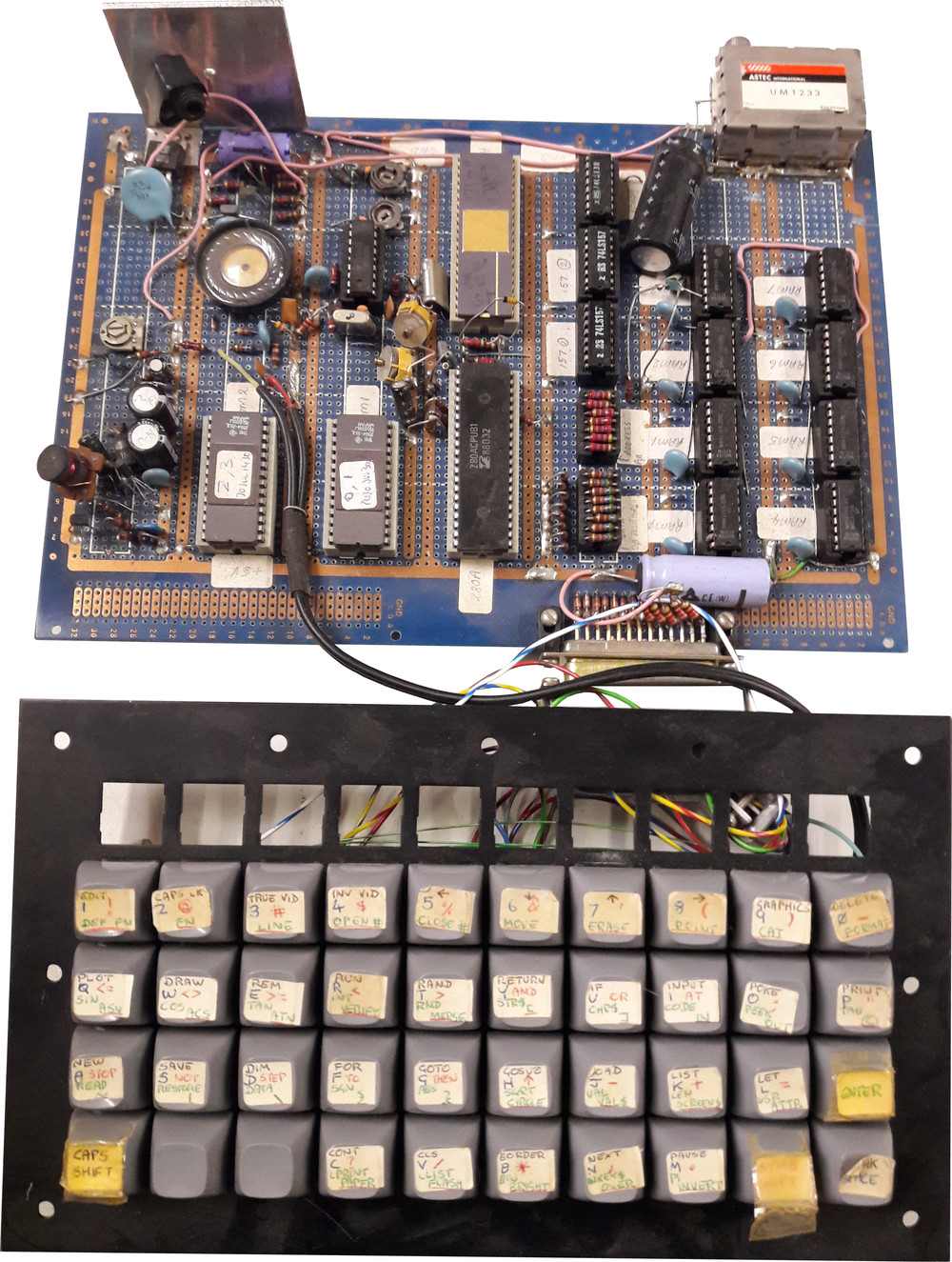
A failed test is a sure sign that the chip is bad, however the tester does occasionally report a false pass. It’s a great sanity check for when you’re neck deep in suspect DRAM. Just pop the suspect chip into the ZIF socket, hit the reset switch, and wait for the LED – green is good, and red means it’s toast. The original project can be found here, including the Arduino code.

With an Arduino at its core, this DRAM tester uses the most basic of electronic components, and any modest tinkerer should have pretty much everything in stock. These computers are incredibly popular in the vintage computing community, and its not uncommon to find bad memory in any of them.

Likewise, the 41256 was used in the Commodore Amiga. 4164 DRAM was used in several popular home computers throughout the 1970s and 1980s, including the Apple ][ series, Commodore 64, ZX Spectrum and many more. This little tester can be used with 416 DRAM memory chips. Identifying bad memory chips can quickly become a chore, so spent some time putting together a cheap DRAM tester out of spare parts. Some of the most popular vintage computers are now more than forty years old, and their memory just ain’t how it used to be. Continue reading “The Sinclair ZX Spectrum Turns 40” → Posted in Featured, History, Interest, Retrocomputing, Slider Tagged 40th anniversary, sinclair, ZX Spectrum The BBC Micro was destined to be the school computer of choice and the 64 was the one everybody wanted, but the Spectrum was the machine you could reasonably expect to get if you managed to persuade your parents how educational it was going to be, because it was the cheapest at £125 (£470 in today’s money, or about $615). This new breed of machines all had a respectable quantity of memory, high-res (for the time!) colour graphics, and most importantly, sound. Here in the UK, the Acorn BBC Micro had been launched in December ’81, the Commodore 64 at the start of ’82, and here was Sinclair coming along with their answer in the form of first the rumour of a ZX82, and then the reality in the form of the Spectrum. Budget machines such as Sinclair’s ZX81 could give a taste of what was possible, but their technical limitations would soon become obvious to the experimenter.ġ982 was going to change all that, with great excitement surrounding three machines. There were plenty of machines on offer but the exciting ones were the sole preserve of adults or kids with rich parents.
In deep sinclair zx spectrum full#
This was especially true for a tech-inclined early teen, as at the start of 1982 the home computer market had not yet reached its full mass-market potential.

The reality was of growing up amid the shabby remnants of the 1970s with occasional glimpses of an exciting ’80s future. There’s a popular meme among retro enthusiasts that the 1980s was a riot of colour, pixel artwork, synth music, and kitschy design. What Was 1982 Really Like? Sinclair User issue 3 captures the excitement surrounding the Spectrum launch. Here in 2022 it may live on only in 1980s nostalgia, but its legacy extends far beyond that as it provided an entire generation of tech-inclined youngsters with an affordable tool that would get them started on a lifetime of computing.
In deep sinclair zx spectrum software#
This budget British microcomputer was never the best of the bunch, but its runaway success and consequent huge software library made it the home computer to own in the UK. It’s an auspicious moment for retrocomputing fans, as it’s now four decades since the launch of the Sinclair ZX Spectrum.


 0 kommentar(er)
0 kommentar(er)
